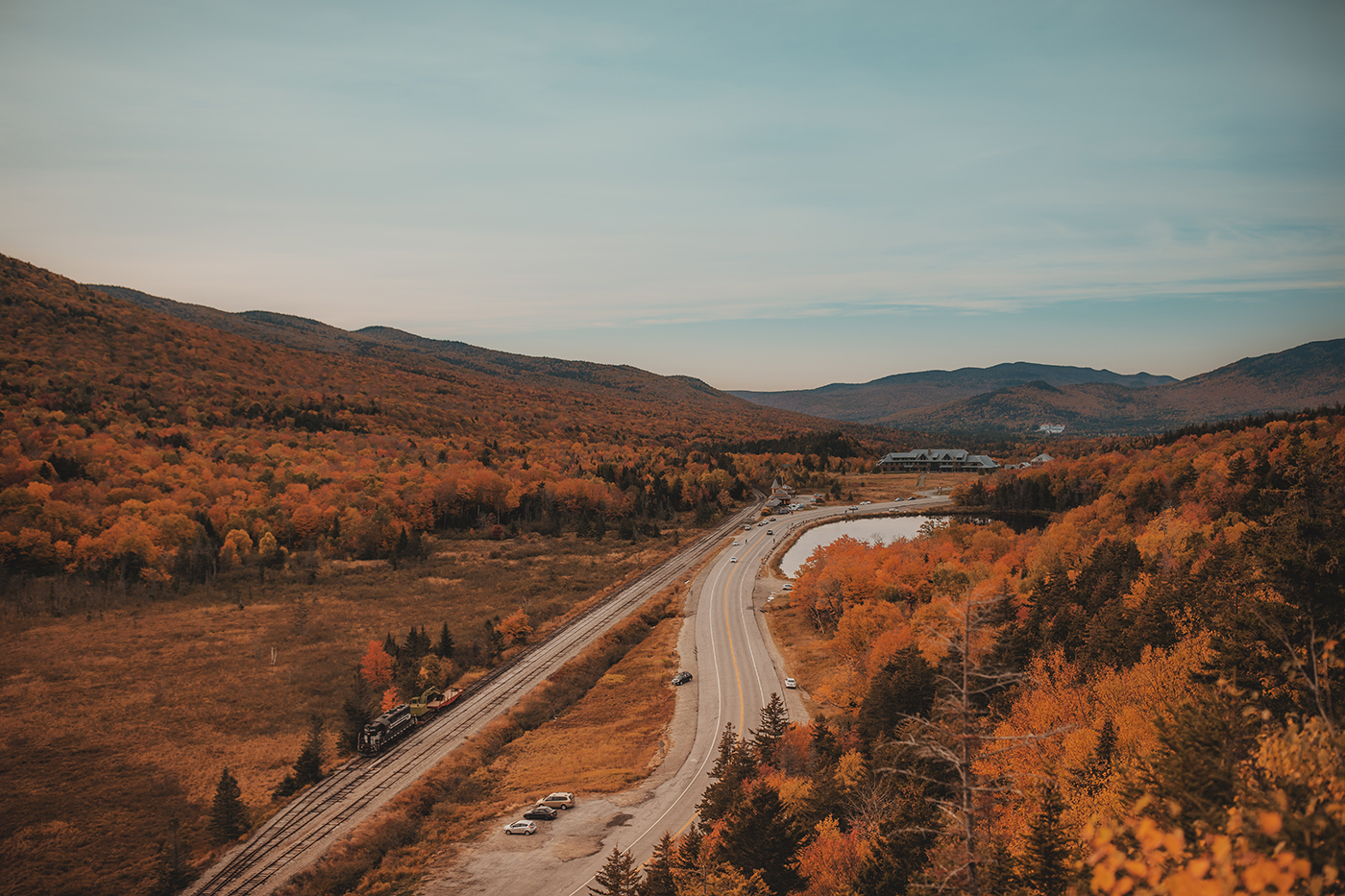

Oct. 8, 2019. Elephant Head, Crawford Notch, White Mountain National Forest, New Hampshire– AMC Highland Center is pictured. Photo by Paula Champagne.
Fall is a magic time for all of us, but is particularly magical for photographers as they try to capture this awesome but fleeting display. It is common for casual photographers to feel the urge to set out to capture the colors around them. It is also common to feel frustrated that the resulting photos don’t reflect what we saw.
We all have felt this frustration, but there are steps you can take to improve your fall photos.
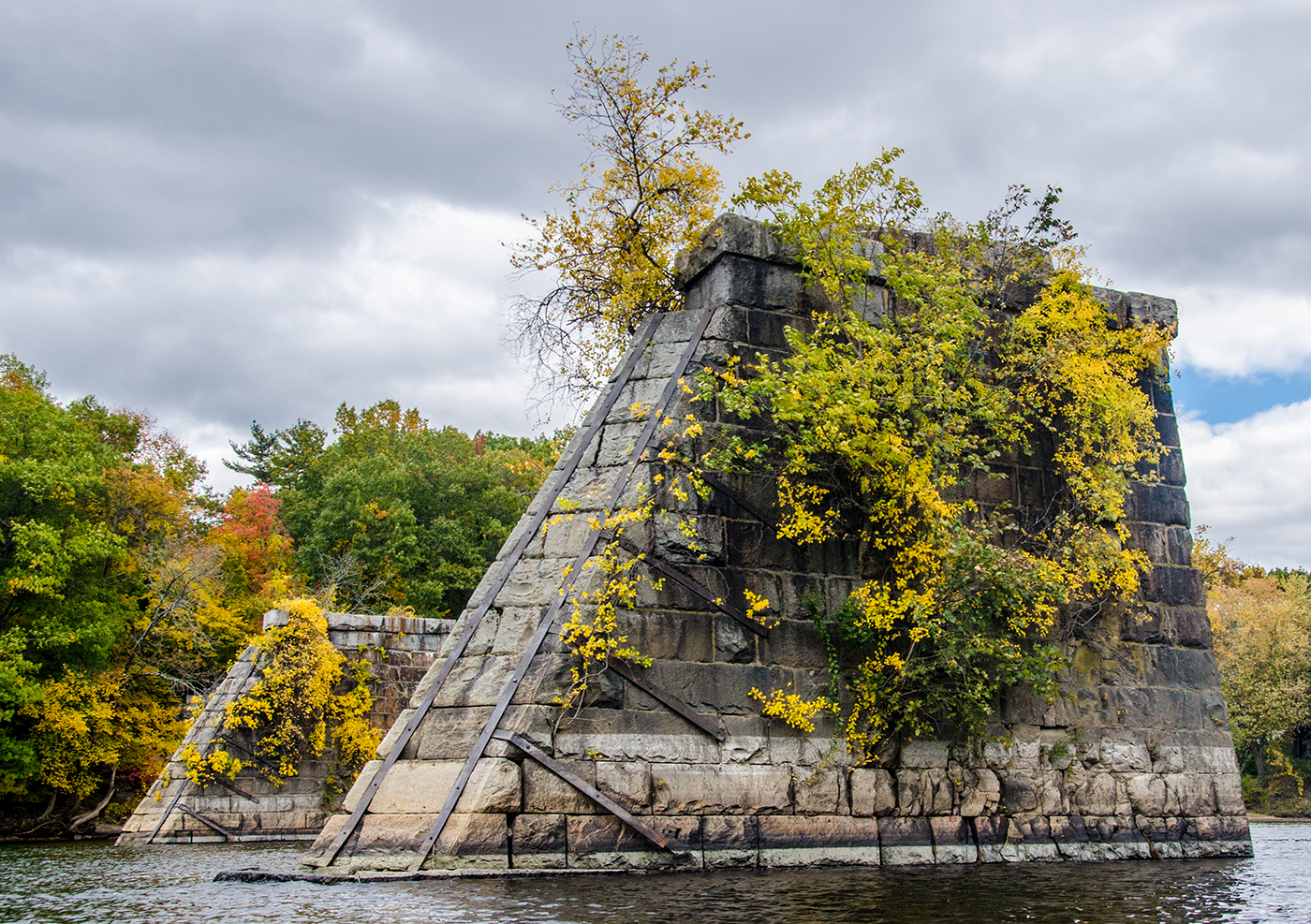

Oct. 17, 2015. Merrimack River, New Hampshire– AMC Photo Contest entry in Recreation Close to Home category in 2016. Photo by Roy Rumbaugh.
Composition, Composition, Composition
First, and by far the most important thing to remember is the appeal of your photos depends on your composition whether you are taking a photo in the fall or any time of the year. We all can be seduced by the wall of color that a mountain side covered with full color maples and birch can display but take a photo of that mountain side and you likely will have a boring photo unless you think about the composition of the photo.
Composition involves two goals: Identify your subject; and Place your subject in context in the image. The subject really depends on what captures your eye. Placing the subject in context is something worth studying.
While there are useful rules of composition for placing subjects in context that can be helpful, there are exceptions to every rule and composition is really in the eye and mind of each photographer. Probably the best way to learn composition is to study classic paintings and photographs and analyze how the artist achieved the image that works. Another way to learn composition is to read books and articles about creating effective images. An internet search will provide multiple articles and a visit to a bookstore or library will add greater depth. Mastering composition is a long-term project but one that is well worthwhile. If you have already started a study of composition, there is more to discover. If you haven’t, take the time and start. Either way you will be pleased you did.
The important thing is think about the composition before you press the shutter.
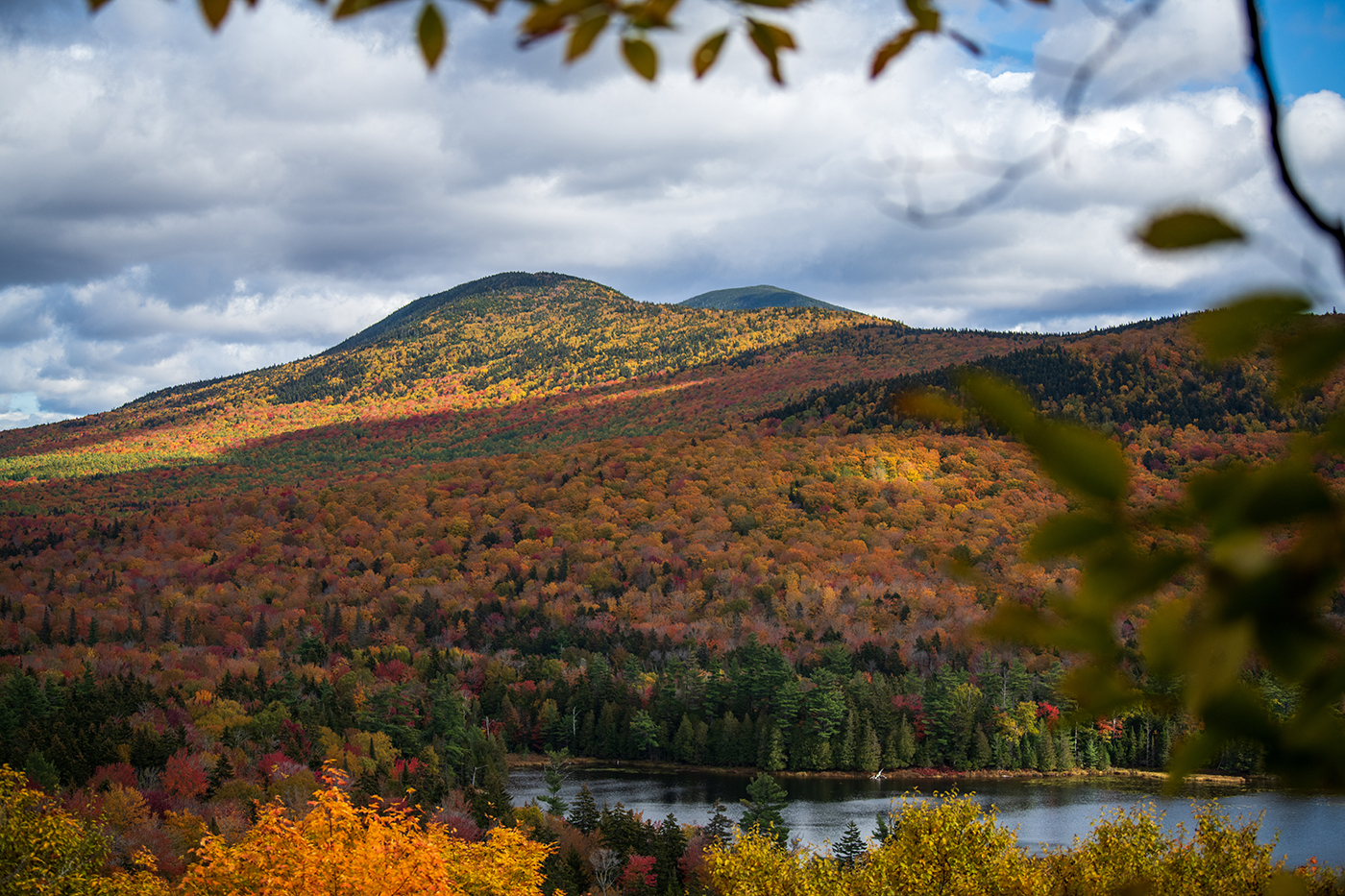

Oct. 8, 2019. Laurie’s Ledge, Maine Woods, Maine– Photo by Ian MacLellan.
Find the Perfect Location
What makes a perfect location to photograph in fall? That really depends on the type of picture you want to take. It may be a ridgeline with a sweeping vista, or a woodland stream, or really any place that captures your eye.
However, you will never find that perfect location without looking for it. Think about fall photos as you are driving or hiking and make a mental or written note so that you can return.
Also, figure out when you want to return to the location. Unless you live where you plan to photograph, you should research when to expect the change of color to start, peak and then fade. You don’t want to travel to your perfect location only to discover you should have come a couple of weeks earlier.
Time to return also includes time of day. A location that may be spectacular in late afternoon may be a yawn in the morning or vice versa. As you scout your potential locations, think about the time of day to return. Remember the time of day really is about the position of the sun not the clock time. Since day length is rapidly decreasing in the fall, it makes sense to think about time after sunrise or before sunset.
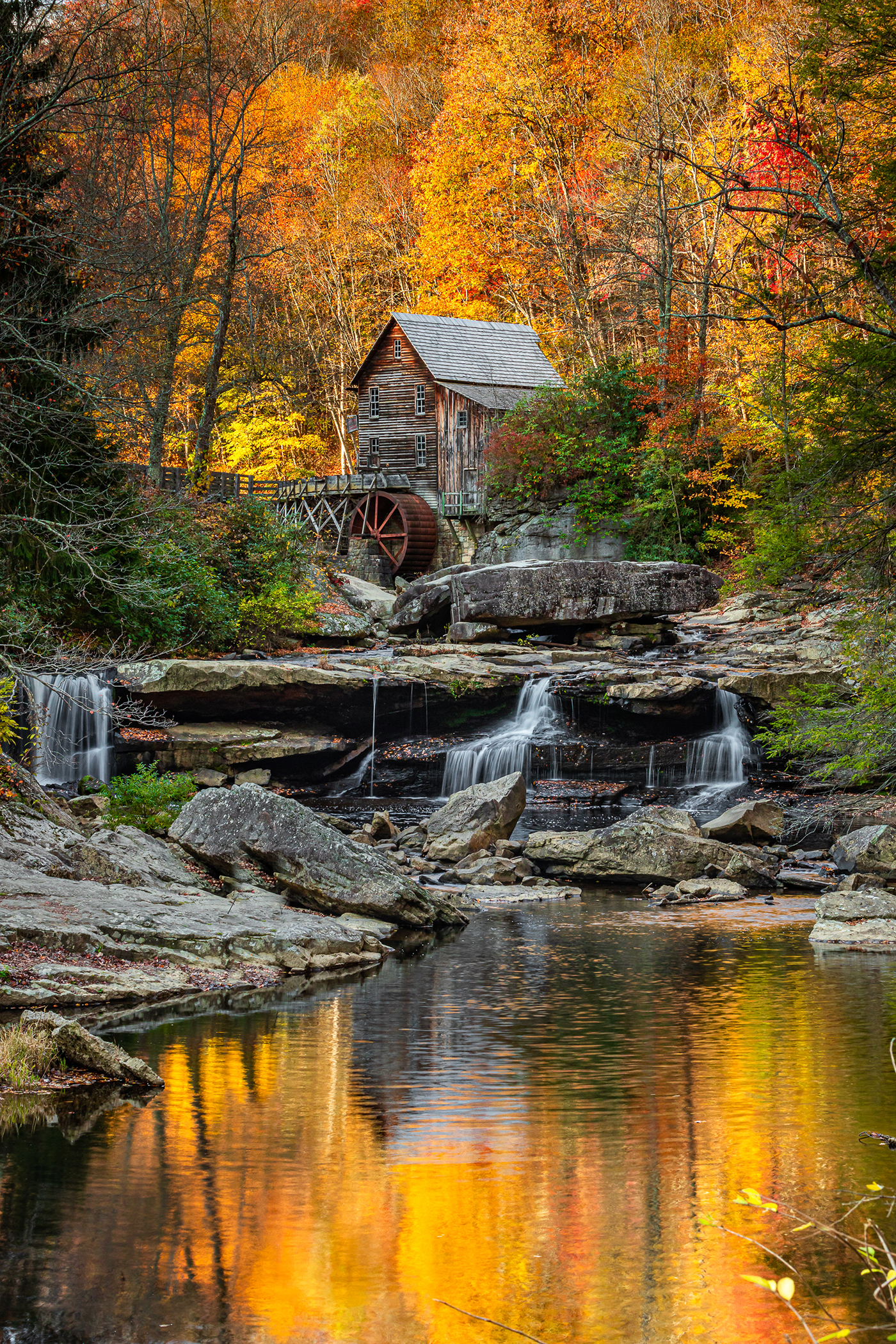

Oct. 19, 2020. Babcock State Park, West Virginia– 2021 AMC Photo Contest entry. Glade Creek Grist Mill is in the background. Photo by Peter Squicciarini.
Choose Your Light
While it is possible to take a great photo at any time, there are certain times that make it easier.
It is a truism that photos taken during the “magic hours” just after dawn and before sunset can be outstanding. Early morning light is clearer, and you have the chance to catch rising mists that can be very atmospheric. Light at the end of the day can be softer and can have an appealing warmth.
That said, there are photos that can work better in the middle of the day. Sunlight sparkling through the leaves or patches of sunlight on a tumbling cascade come to mind.
If you choose the light you want for your photos, you will have a better chance that you will be pleased with the results.
Don’t Let the Weather Stop You
Too often casual photographers think that you can only take good fall photos on a beautiful sunny day. Nothing can be further from the truth. While you can take great fall pictures on a sunny day, each type of weather has its own advantages.
Frequently, the colors on sunny days are overexposed and not as vibrant. On cloudy or even rainy days the colors may really pop, and the lighting is even and avoids stark contrasts between sun and shadow. On really cloudy days you may need to focus on closer subjects, but great photographs are out there.
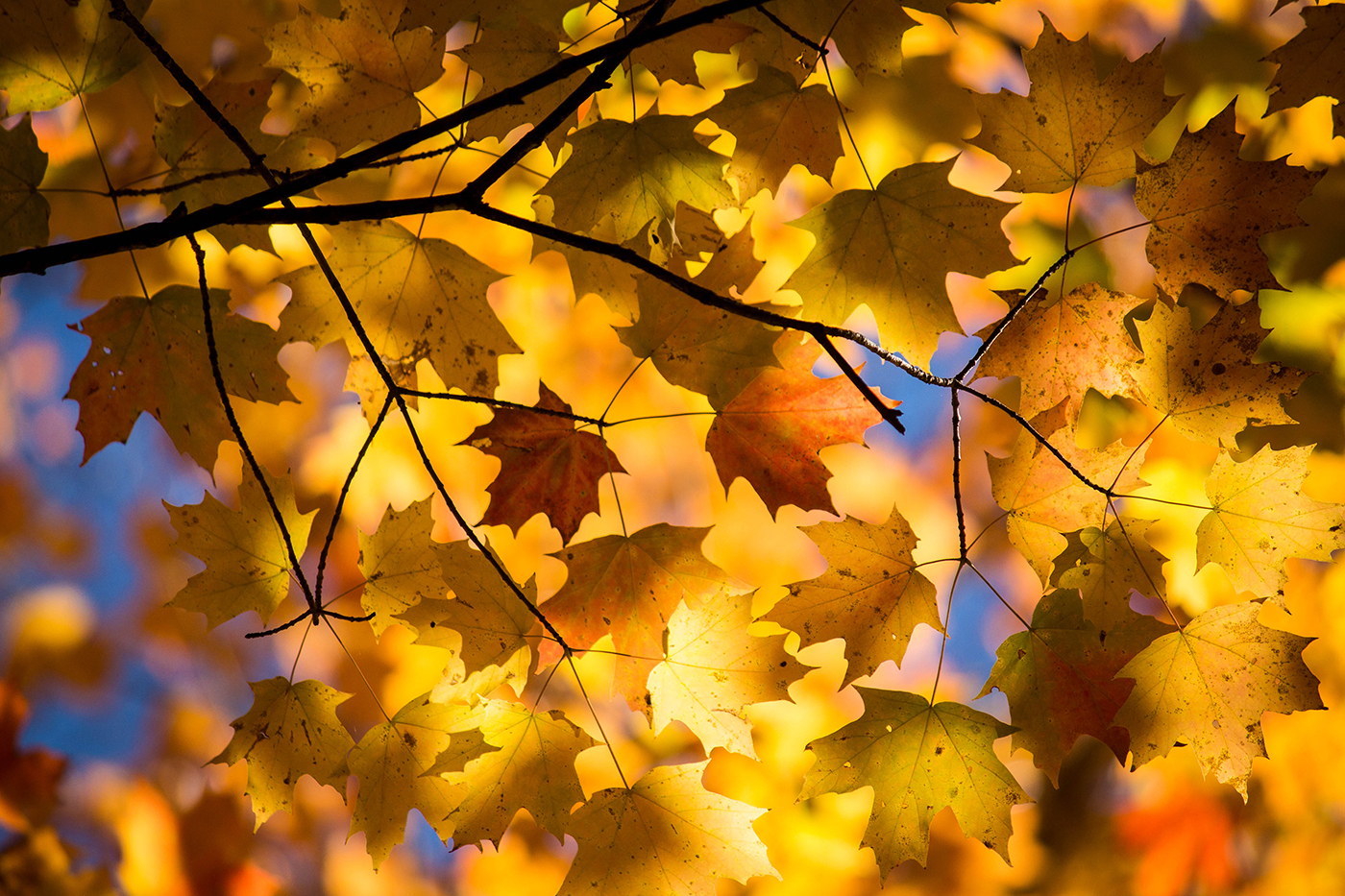

Oct. 5, 2018. White Mountain National Forest, New Hampshire– Photo by Emily Davenport (AMC Guide).
Don’t Forget to Look Up or Down
When looking for the perfect subject for a fall photo it is easy to fall into the trap of only looking at eye level. But there are potentially great photos above you or at your feet. Whether it is a shot of the canopy of trees or a vivid leaf, you will miss these subjects if you don’t look for them. While these photos may present challenges to find an effective composition, when you do, they can be striking.
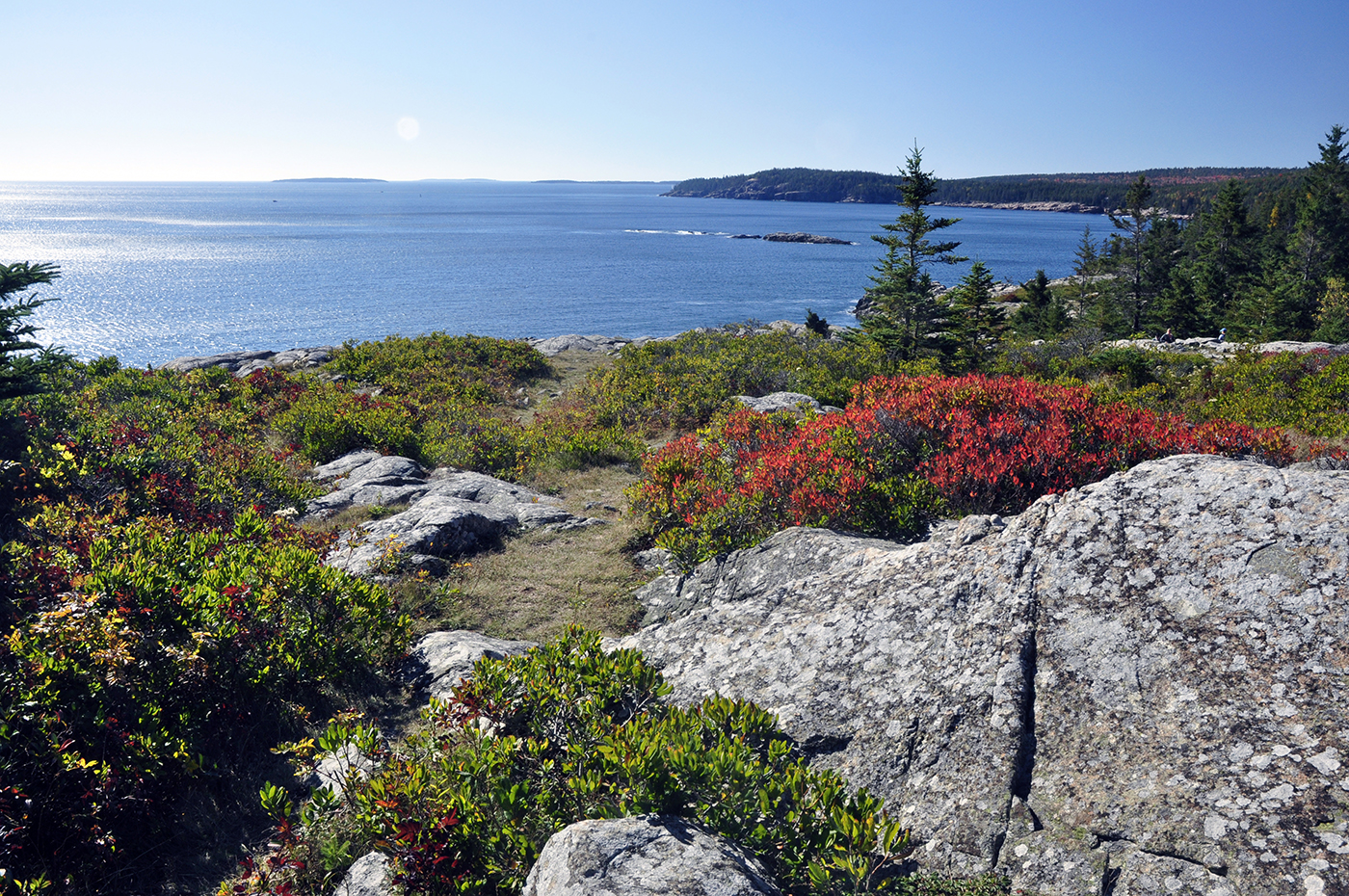

Use a Polarizing Filter
The tips up to this point can be used with whatever camera you are using whether it is a cell phone or a professional level camera. This tip, however, is for cameras such as single lens reflex cameras or the newer mirrorless cameras.
Circular polarizing filters are invaluable for fall photos. These filters can enhance contrast and color, enhance blue skies, and remove unwanted reflections and glare. Polarizing filters are particularly useful in bringing out colors in the leaves and enhancing skies in fall photos. But, if you experiment, you can find other benefits.
If you don’t already have a polarizing filter, it will be worth the investment. If you do have one, use it. Once you have become familiar with a polarizing filter you may be able to predict its effects, but I have been using polarizing filters for decades and am still occasionally surprised. Be aware, polarizing filters reduce exposure by 1 to 2 stops which may be desirable or be a problem.
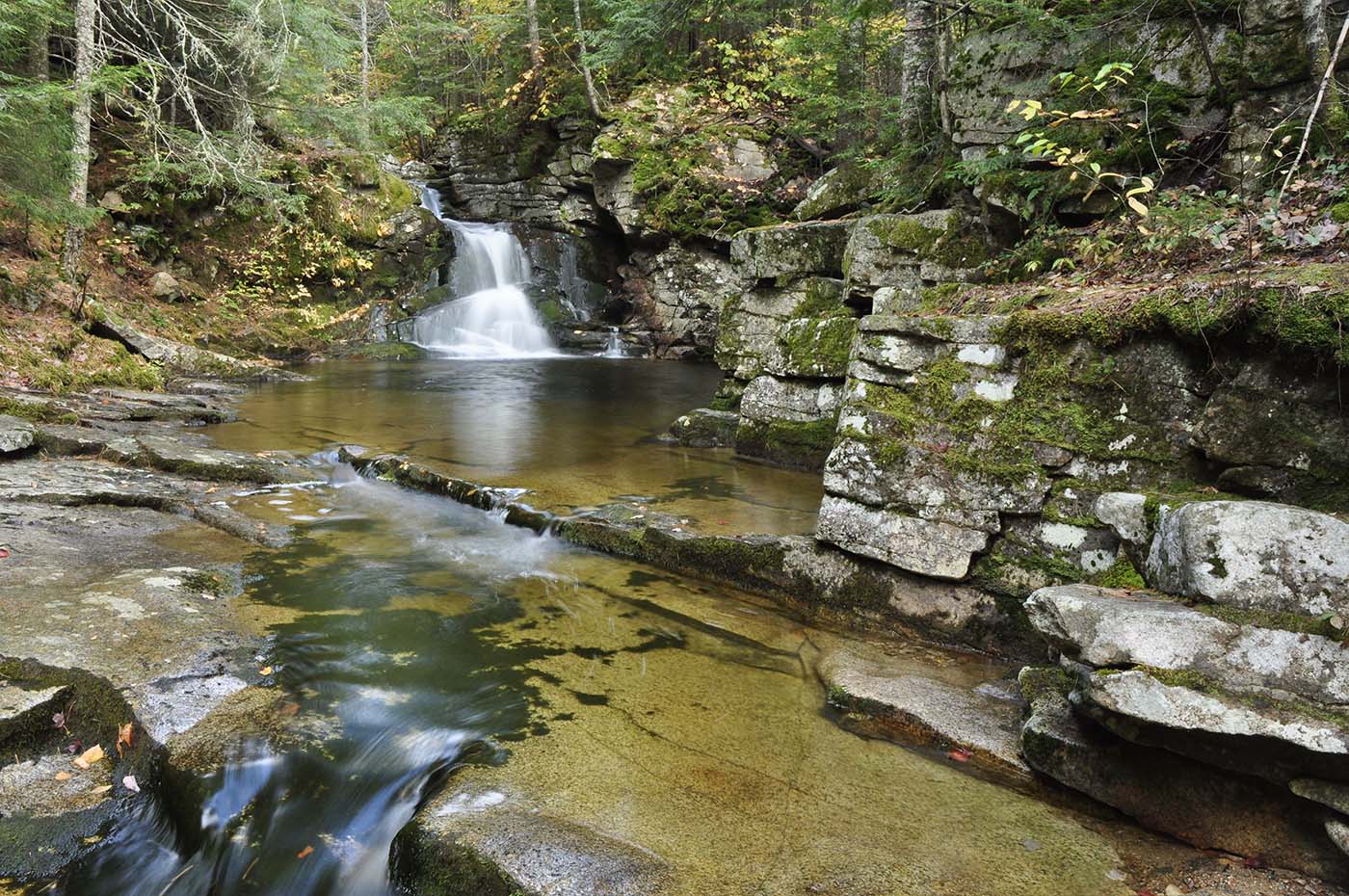

Carry and Use a Tripod or a Monopod
Many fall photographs can be taken with hand-held cameras, but some can only be captured with long exposures which require some support – examples are flowing streams and low light exposures.
Monopods are light and easy to use. There are monopod heads that you can fit on a trekking pole. Monopods are significantly steadier than a hand held camera, but are not as steady as a tripod. Tripods, however, are heavier and more trouble to set up. I use both but tend to use the tripod more often. That said, I always carry a lightweight plastic mini tripod in my pack that weighs only a few ounces and that has a Velcro strap that allows it to double as a monopod head. When I am heading out to photograph a stream, or night, dusk or other low light photos, I bring the full tripod which is more trouble to use but works better.
However, either way, with very limited exceptions, a good photograph requires a steady camera and tripods or monopods can be incredibly helpful.
Be Patient
Frequently the most important element of a great photo is being there to take it when the light and visual elements come together. Whether it is waiting for the fading light in the dusk to be perfect or waiting for the play of sunlight through broken clouds be just right, timing can be everything. Consider the photographs of Ansel Adams; he would know his location and select the time, and then wait, sometimes for hours, for the perfect light.
Sometimes, we have no choice. We are on a hike or driving when we see our photo and have to take it and move on. However, when you have the chance, take the time and watch to see what develops. The reward may be great.
Final Thoughts
One of the things that makes photography a great hobby is that there is always more to learn. Another is that you can create great images that capture the good times and wonders of our world. We hope this article encourages you to go out and explore the wonders of fall in our part of the world and hope that you will be pleased with your photographs. Enjoy the fall!